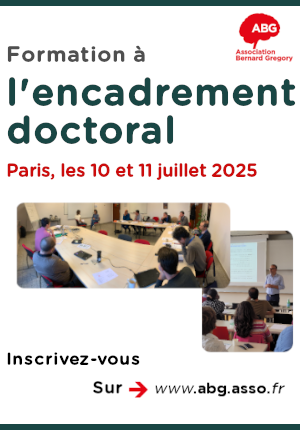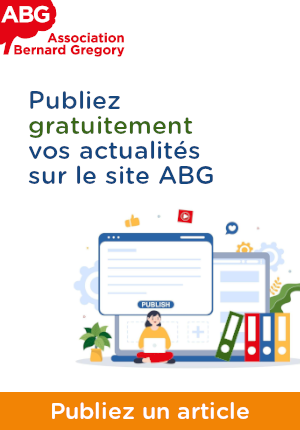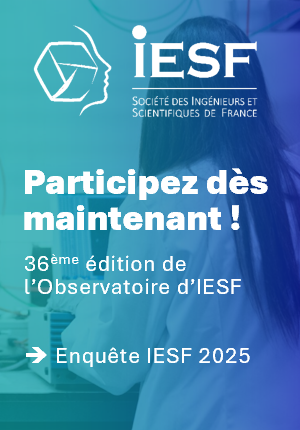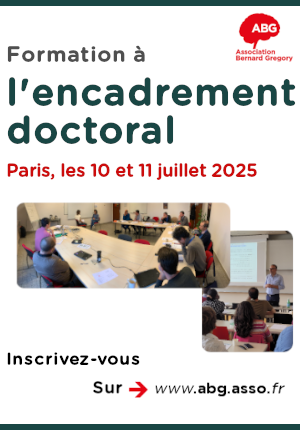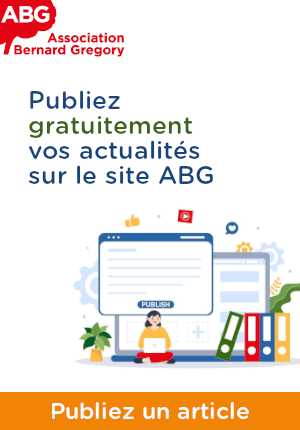DeepAneurysm // DeepAneurysm
|
ABG-131267
ADUM-65320 |
Thesis topic | |
| 2025-04-18 |
Université de Technologie de Compiègne
Compiègne cedex - France
DeepAneurysm // DeepAneurysm
- Mathematics
anévrisme aortique abdominal, rupture, fluid-structure interaction, modélisation numérique, machine learning, physics-aware model
aortic addominal aneurysm, rupture, fluid-structure interaction, numerical model, machine learning, physics-aware model
aortic addominal aneurysm, rupture, fluid-structure interaction, numerical model, machine learning, physics-aware model
Topic description
The idea behind our project is to modernize and leverage numerical Abdominal Aortic Aneurysm (AAA) simulations with Artificial Intelligence (AI) to make their use easier in the medical community and the procurement of the biomechanical patient-specific data possible within less than one minute, which is a real challenge. On the fundamental science side, and as mentioned above, our objective is to investigate state-of-the-art data-driven identification algorithms for high-dimensional spatio-temporal problems from previous high-fidelity simulations, possibly readjusted with patient data/measurements. We hope they will enable live visualizations of quantities and fields of interest (stress fields, risk assessment according to the evolution) for decision-making (surgical decision, surgical procedure).
Current computational Physics-based solvers can provide accurate results but are too time-consuming for medical use. A breakthrough is thus needed to lower the computational time by at least 3 or 4 orders of magnitude. We believe that a smart synergy between Full-Order models (FOM) and AI-based strategies can take up this challenge.
------------------------------------------------------------------------------------------------------------------------------------------------------------------------
------------------------------------------------------------------------------------------------------------------------------------------------------------------------
The idea behind our project is to modernize and leverage numerical Abdominal Aortic Aneurysm (AAA) simulations with Artificial Intelligence (AI) to make their use easier in the medical community and the procurement of the biomechanical patient-specific data possible within less than one minute, which is a real challenge. On the fundamental science side, and as mentioned above, our objective is to investigate state-of-the-art data-driven identification algorithms for high-dimensional spatio-temporal problems from previous high-fidelity simulations, possibly readjusted with patient data/measurements. We hope they will enable live visualizations of quantities and fields of interest (stress fields, risk assessment according to the evolution) for decision-making (surgical decision, surgical procedure).
Current computational Physics-based solvers can provide accurate results but are too time-consuming for medical use. A breakthrough is thus needed to lower the computational time by at least 3 or 4 orders of magnitude. We believe that a smart synergy between Full-Order models (FOM) and AI-based strategies can take up this challenge.
------------------------------------------------------------------------------------------------------------------------------------------------------------------------
------------------------------------------------------------------------------------------------------------------------------------------------------------------------
Début de la thèse : 01/10/2025
Current computational Physics-based solvers can provide accurate results but are too time-consuming for medical use. A breakthrough is thus needed to lower the computational time by at least 3 or 4 orders of magnitude. We believe that a smart synergy between Full-Order models (FOM) and AI-based strategies can take up this challenge.
------------------------------------------------------------------------------------------------------------------------------------------------------------------------
------------------------------------------------------------------------------------------------------------------------------------------------------------------------
The idea behind our project is to modernize and leverage numerical Abdominal Aortic Aneurysm (AAA) simulations with Artificial Intelligence (AI) to make their use easier in the medical community and the procurement of the biomechanical patient-specific data possible within less than one minute, which is a real challenge. On the fundamental science side, and as mentioned above, our objective is to investigate state-of-the-art data-driven identification algorithms for high-dimensional spatio-temporal problems from previous high-fidelity simulations, possibly readjusted with patient data/measurements. We hope they will enable live visualizations of quantities and fields of interest (stress fields, risk assessment according to the evolution) for decision-making (surgical decision, surgical procedure).
Current computational Physics-based solvers can provide accurate results but are too time-consuming for medical use. A breakthrough is thus needed to lower the computational time by at least 3 or 4 orders of magnitude. We believe that a smart synergy between Full-Order models (FOM) and AI-based strategies can take up this challenge.
------------------------------------------------------------------------------------------------------------------------------------------------------------------------
------------------------------------------------------------------------------------------------------------------------------------------------------------------------
Début de la thèse : 01/10/2025
Funding category
Funding further details
Financement d'un établissement public Français
Presentation of host institution and host laboratory
Université de Technologie de Compiègne
Institution awarding doctoral degree
Université de Technologie de Compiègne
Graduate school
71 Sciences pour l'ingénieur
Candidate's profile
Etudiant MSc ou équivalent
Analyse numérique
Calcul scientifique
Mécanique des fluides, mécanique des structures
Machine learning / Scientifique Machine Learning
Reduced-order models, deep learning
Software, python programming
MSc student Scientific Computing Fluid mechanics, solid mechanics Machine learning / Scientifique Machine Learning Reduced-order models, deep learning Software, python programming
MSc student Scientific Computing Fluid mechanics, solid mechanics Machine learning / Scientifique Machine Learning Reduced-order models, deep learning Software, python programming
2025-05-05
Apply
Close
Vous avez déjà un compte ?
Nouvel utilisateur ?
More information about ABG?
Get ABG’s monthly newsletters including news, job offers, grants & fellowships and a selection of relevant events…
Discover our members
 Généthon
Généthon  Nokia Bell Labs France
Nokia Bell Labs France  CESI
CESI 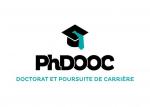 PhDOOC
PhDOOC  SUEZ
SUEZ  TotalEnergies
TotalEnergies  MabDesign
MabDesign  Groupe AFNOR - Association française de normalisation
Groupe AFNOR - Association française de normalisation  Ifremer
Ifremer  Tecknowmetrix
Tecknowmetrix  MabDesign
MabDesign 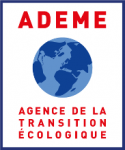 ADEME
ADEME  Laboratoire National de Métrologie et d'Essais - LNE
Laboratoire National de Métrologie et d'Essais - LNE  CASDEN
CASDEN  Institut Sup'biotech de Paris
Institut Sup'biotech de Paris 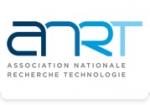 ANRT
ANRT  ONERA - The French Aerospace Lab
ONERA - The French Aerospace Lab  ASNR - Autorité de sûreté nucléaire et de radioprotection - Siège
ASNR - Autorité de sûreté nucléaire et de radioprotection - Siège  Aérocentre, Pôle d'excellence régional
Aérocentre, Pôle d'excellence régional

